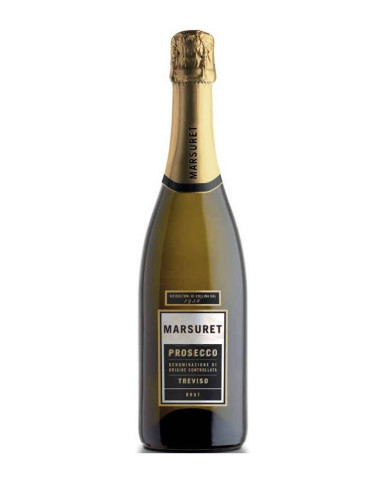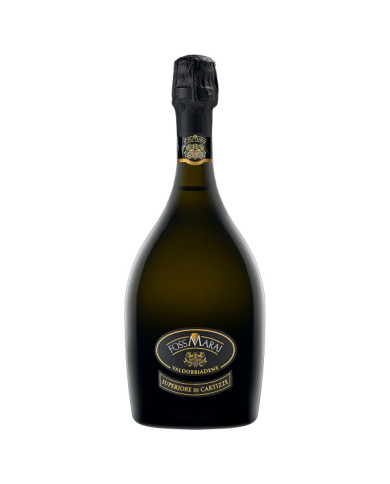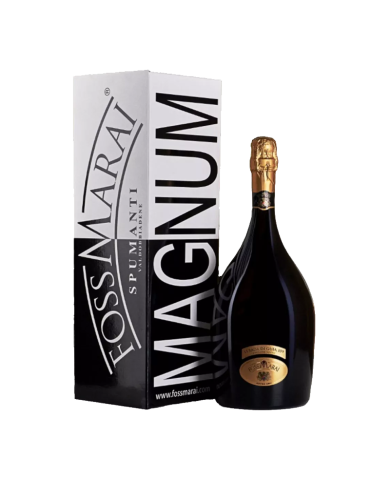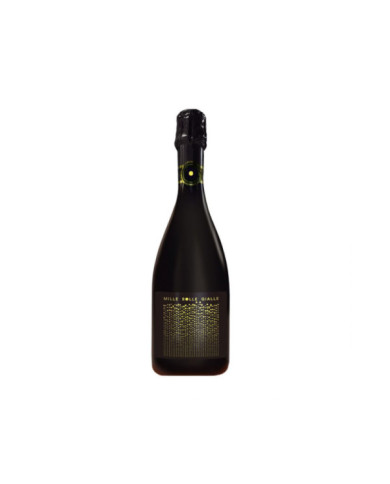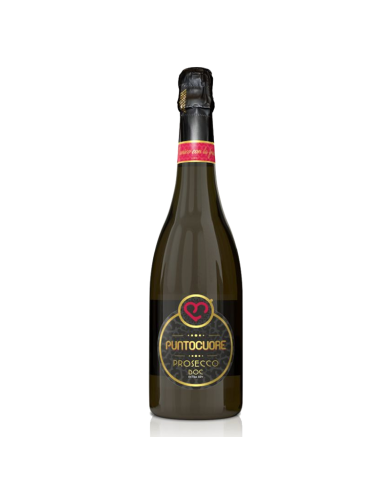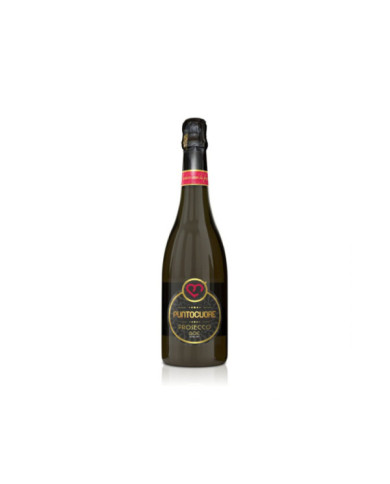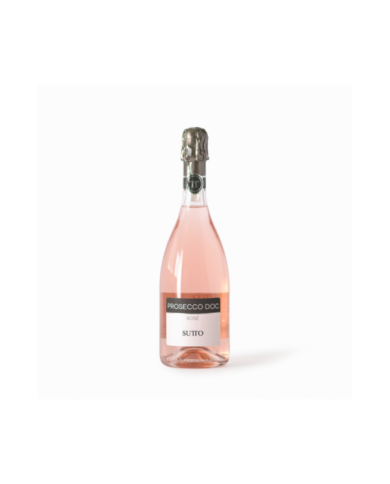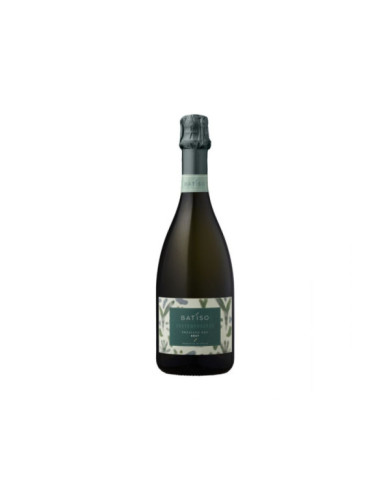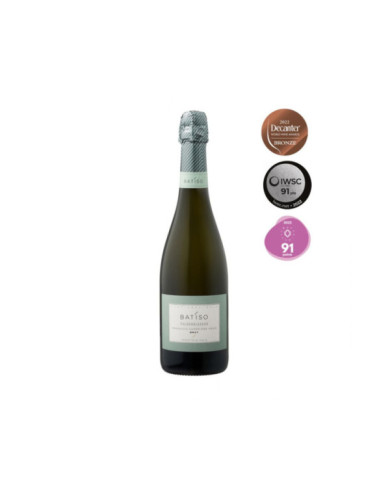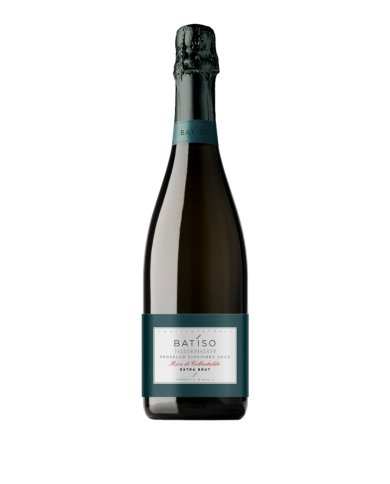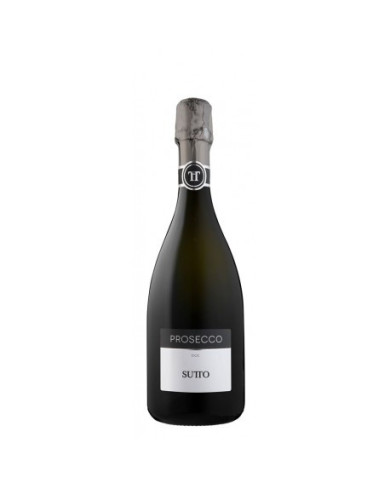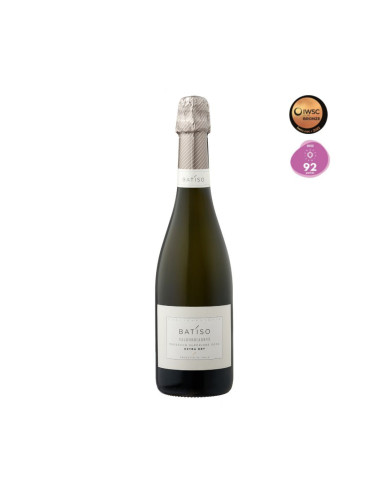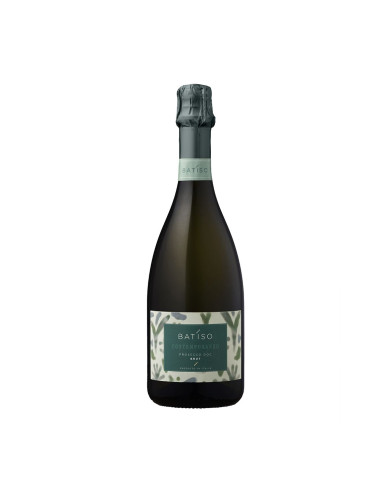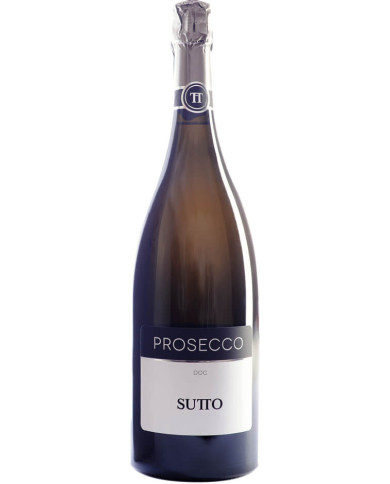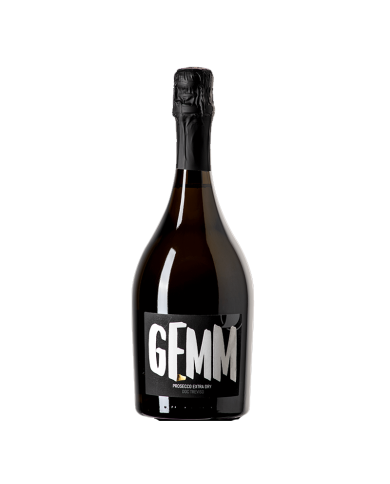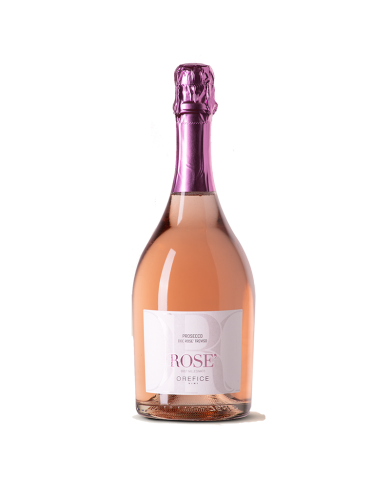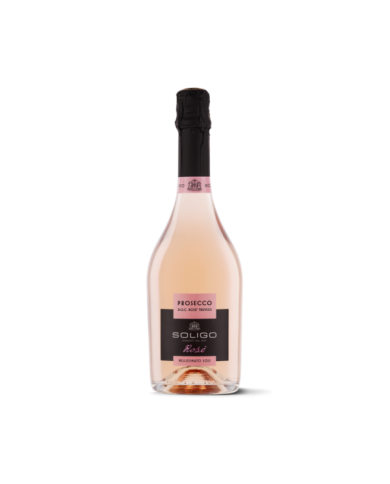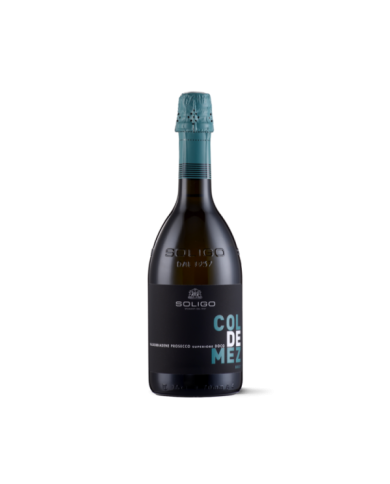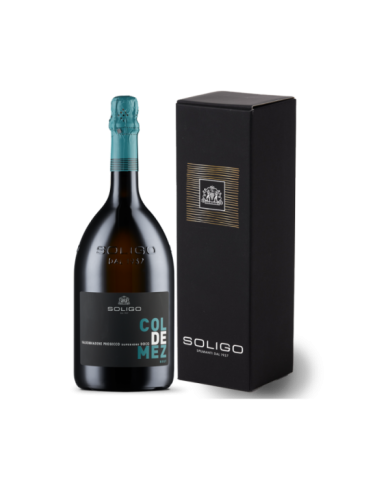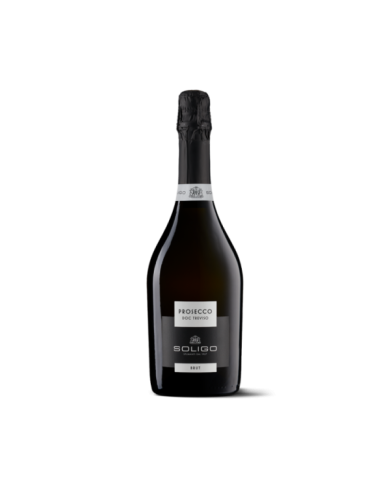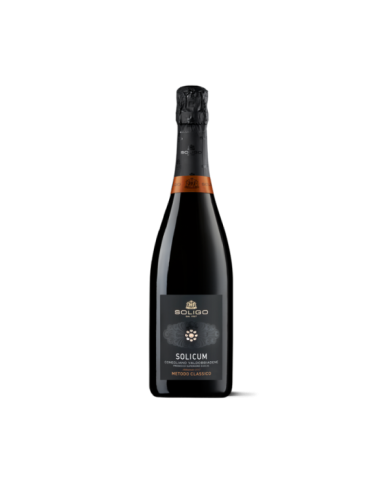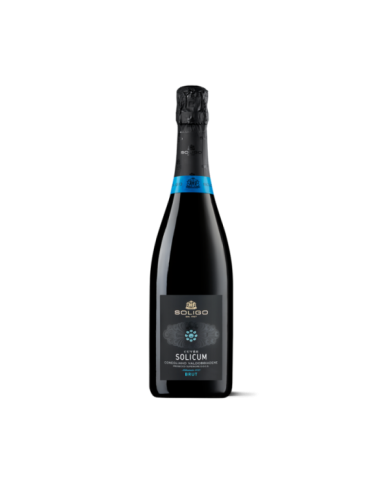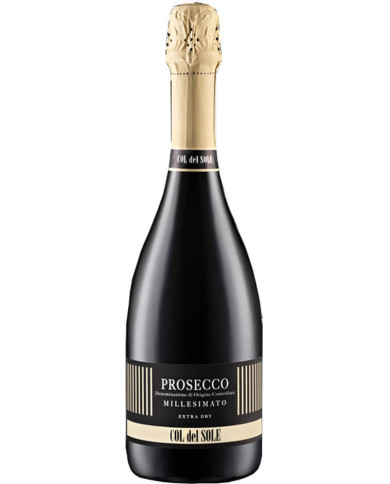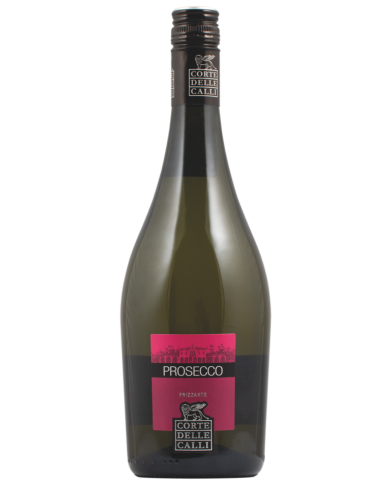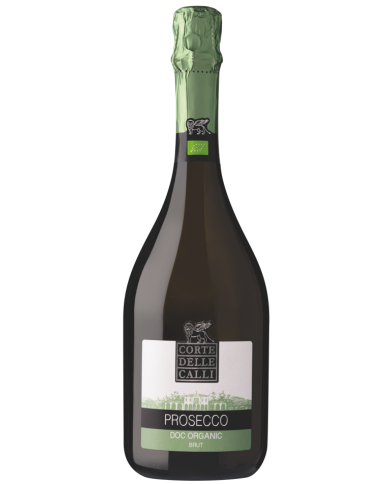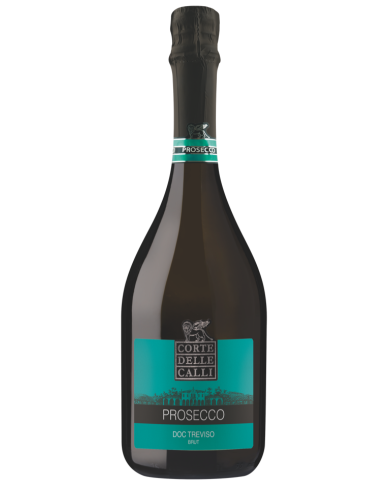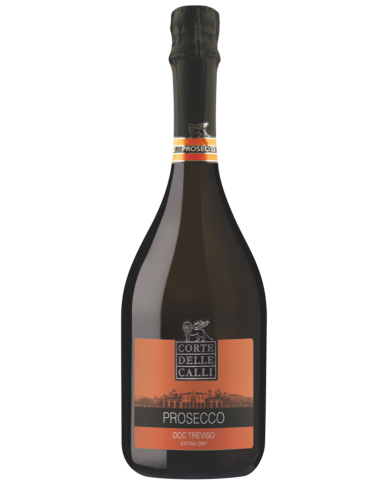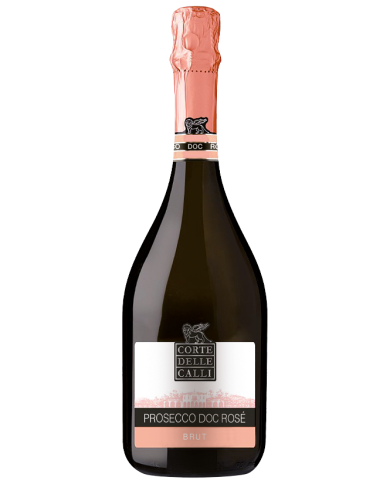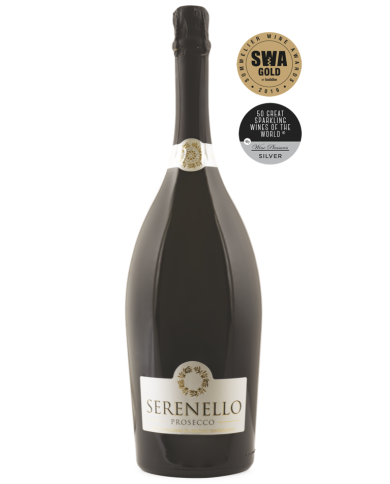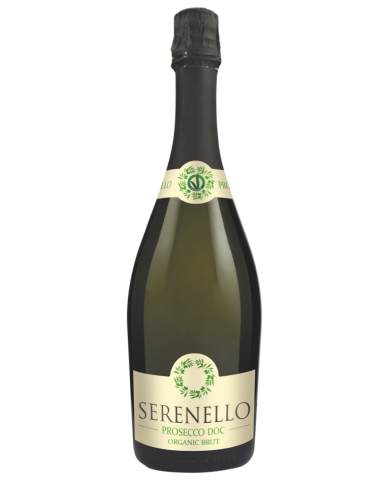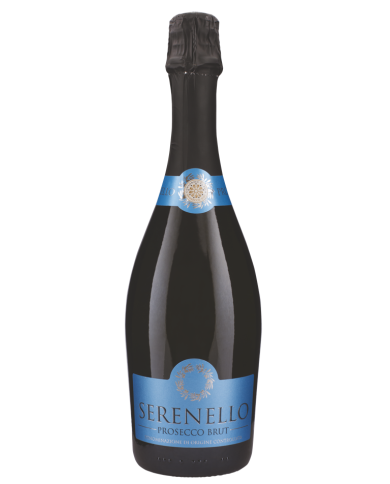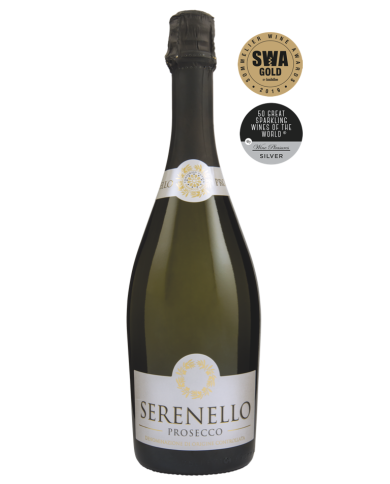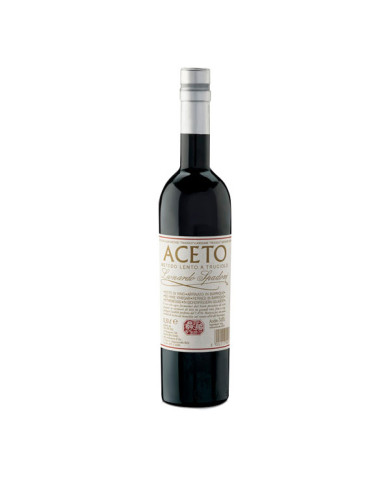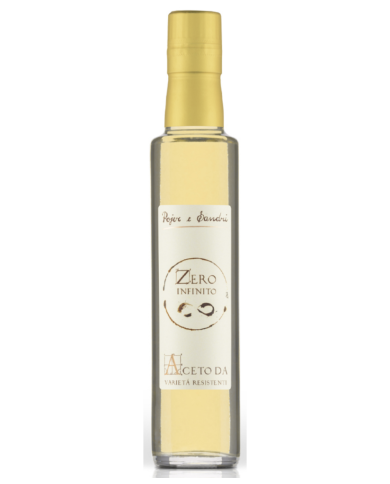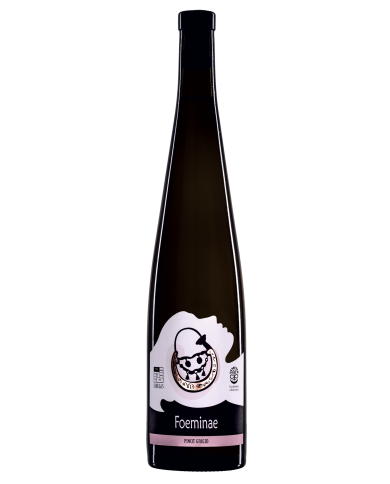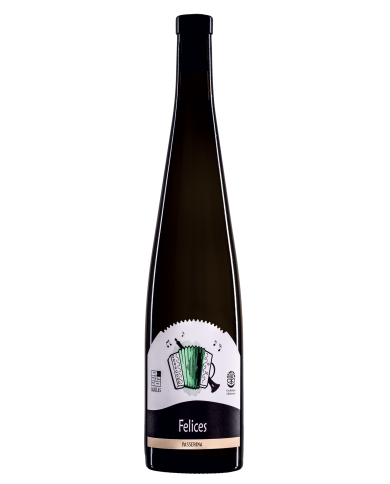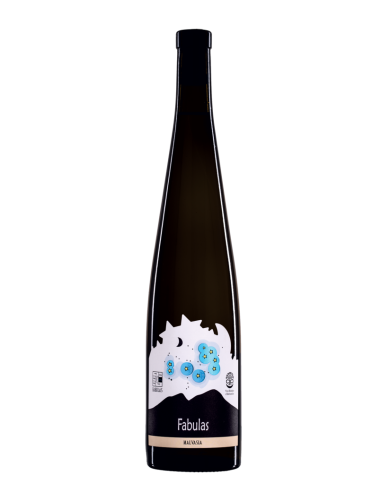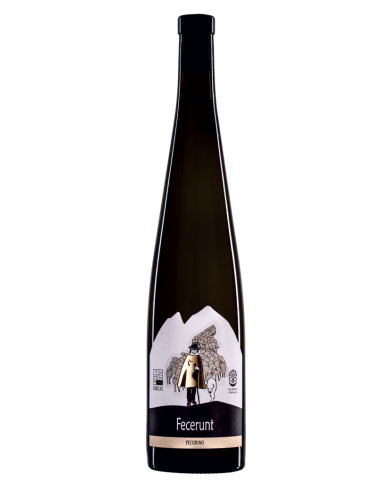With its luminous hues and very fine perlage, the Superiore di Cartizze Foss Marai has a broad and complex aromatic structure, which recalls white fruits, citrus fruits, peach and apricot, with an intense aroma of wisteria and rose.
The sparkling wine par excellence, the version that best enhances the typical characteristics of the Glera grapes. Strada di Guia 109 Extra-dry is rich in aromas, among which acacia and apple stand out for their intensity and elegance. The taste is captivating due to the freshness and residual sugar that blend beautifully
Denomination: Mille Bolle Gialle - Prosecco Docg Extra Dry Grapes: Glera Recommended pairings: perfect as an aperitif and with appetizers, first courses, risottos and shellfish. Alcohol: 11% Vol. Format: 0.75 litres. Serving temperature: 4-6┬░C. Typology: Prosecco
Denomination: Prosecco DOC Ros├ę Millesimato 2021 Brut. Grapes: Glera and Pinot Noir. Recommended pairings: Ideal as an aperitif and with light and fresh dishes such as risotto, pasta and fish-based dishes. Alcohol: 11% Vol. Format: 0.75 litres. Serving temperature: 6-7┬░C Typology: Prosecco Ros├ę.
Denomination: Prosecco DOC Brut. Grapes: Glera Recommended pairings: Vegetable and seafood appetizers, seafood and fish dishes. Alcohol: 11% Vol. Format: 0.75 litres. Serving temperature: 4-6┬░C Typology: Prosecco
Prosecco spumante DOC Treviso Extra Dry Grapes: Glera 100% Harvest: Third week of August Alcohol content: 11% vol. Method: Charmat
Rose gold goes perfectly with shellfish, tempura vegetables, fried seafood and simple dishes such as white pizza and refined finger foods. Perfect with vegetable risottos, not too elaborate fish main courses. Ororos is able to give that fresh and pleasant note to the palate that falls in love with its versatility.
The Glera grapes used for the production of this sparkling wine come from vineyards located in the plains, on the outskirts of Treviso. The bunches are generally harvested in September at medium ripeness in order to preserve the acid component, which is important in the production of Prosecco Spumante. After the harvest, the grapes are subjected to a light pressing and a slow fermentation in steel tanks. Finally, the refermentation in autoclave (sparkling) follows the Charmat method.
The sparkling process takes place according to the Charmat method in steel autoclaves according to the rules dictated by the production disciplinary. The result is a young and exciting extra dry wine suitable for all occasions. Brilliant straw yellow color with some greenish reflections. With a lively perlage, it has aromas of good intensity with hints of white flowers and fruity golden apples. Good intensity. The taste is fresh and on the palate it is elegant and soft, with a pleasantly sugary vein.
Brilliant straw yellow color with some greenish reflections. With a lively perlage, it has aromas of good intensity with hints of white flowers and fruity golden apples. Good intensity. The taste is fresh and on the palate it is elegant and soft, with a pleasantly sugary vein.
Brilliant straw yellow color with some greenish reflections. With a lively perlage, it has aromas of good intensity with hints of white flowers and fruity golden apples. Good intensity. The taste is fresh and on the palate it is elegant and soft, with a pleasantly sugary vein.
Prosecco Designation: A Journey through History and Culture
What is Prosecco? Simply put: it's a sparkling wine of Italian origin, famous all over the world. But the Prosecco Designation tells a much broader story. It allows us to take a journey through history, culture, and the art of winemaking.
The History of Prosecco
The Origin of Prosecco
Prosecco has its roots in Northeastern Italy, and its name derives from the word "prosech", which in local dialect means "forest". The origin of this sparkling wine dates back to the XVI century.
The Evolution of Prosecco
Over the centuries, Prosecco has undergone a radical transformation, moving from a sweet and semi-dry wine to a dry and sparkling wine, loved all over the world.
The Types of Prosecco
Prosecco DOC
The Prosecco DOC, or Denomination of Controlled Origin, covers a vast area that extends between Veneto and Friuli Venezia Giulia.
Prosecco DOCG
The Prosecco DOCG, or Denomination of Controlled and Guaranteed Origin, represents the apex of Prosecco production, with unmatched quality and typicity.
Prosecco Superiore di Cartizze
The Prosecco Superiore di Cartizze is considered the crown jewel of Prosecco, produced only in a small area of the Prosecco region.
How Prosecco is Produced
The Winemaking Process
The production of Prosecco follows the Charmat or Martinotti method, a winemaking process that involves a second fermentation in autoclaves.
The Importance of Terroir
The terroir, or the soil, climate, and environment in which the vines grow, plays a fundamental role in the quality and character of Prosecco.
How to Taste Prosecco
How to Serve Prosecco
Prosecco is served cold, preferably in a sparkling wine glass, to fully appreciate its fruity and floral aromas.
Food Pairings with Prosecco
Thanks to its versatility, Prosecco pairs perfectly with a wide variety of foods, from appetizers to desserts.
Prosecco in the World
Prosecco in Italian Exports
Prosecco represents one of the most important Italian wine exports, loved both in Europe and in the United States.
The Influence of Prosecco on Culture
Prosecco has had a significant impact on culture, becoming a symbol of Italian living, synonymous with celebration and conviviality.
The Prosecco Designation is not just a quality brand, but it represents the passion, tradition, and art of Italian winemaking. Prosecco, with its unique and unmistakable taste, continues to conquer the world, toast after toast.
FAQ
Where does Prosecco come from?
Prosecco comes from Northeastern Italy, particularly from the regions of Veneto and Friuli Venezia Giulia.
What is the difference between Prosecco DOC and DOCG?
Prosecco DOCG is produced in specific and more restricted areas compared to Prosecco DOC, ensuring superior quality.
How is Prosecco served?
Prosecco is served cold, preferably in a sparkling wine glass.
What foods can Prosecco be paired with?
Prosecco pairs perfectly with a wide variety of foods, from appetizers to desserts.
Why is Prosecco so popular?
Prosecco is popular for its unique taste, its versatility, and because it represents a symbol of Italian living.

